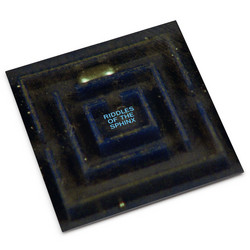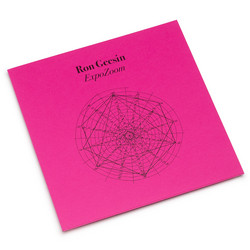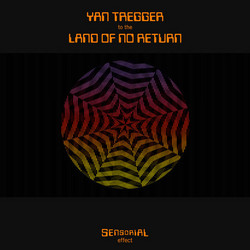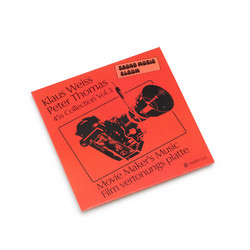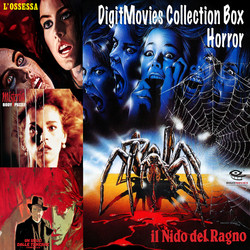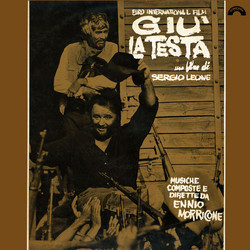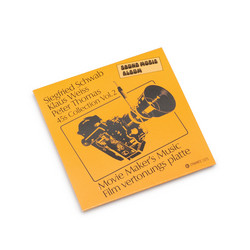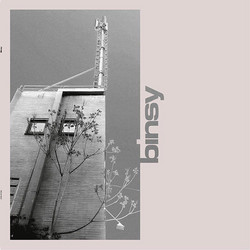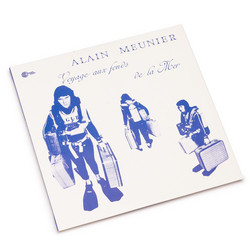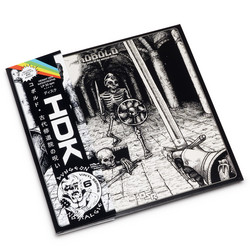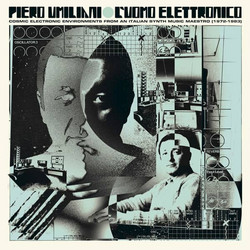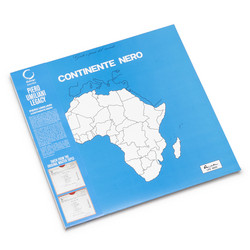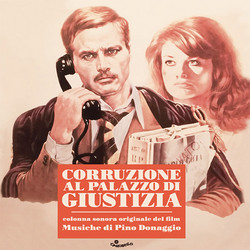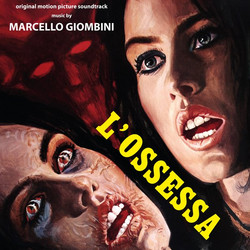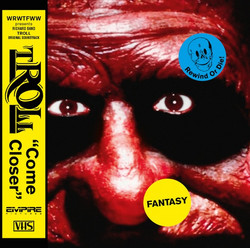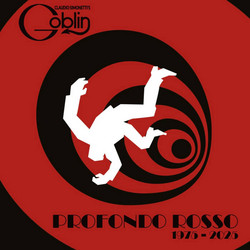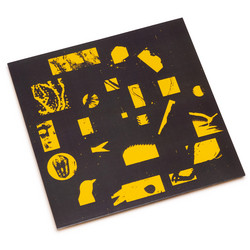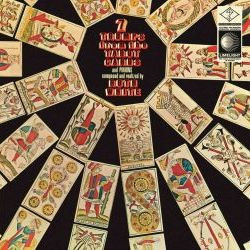Ruth White
Flowers of Evil, Short Circuits, 7 Trumps from the Tarot & Pinions (3CD Bundle)
Label: Rhythms Productions, Tom Thumb Music
Format: 3xCD (Bundle)
Genre: Library/Soundtracks
Out of stock
3CD Bundle. Official editions, remastered CD reissues of the Ruth White’s seminal albums Short Circuits, 7 Trumps from the Tarot & Pinions, and Flowers of Evil. White’s world would grow bolder in 1964, when she built her very own studio. In the current age of the affordability of technology, the likelihood of building your own recording space borders on something for the everyman/woman/they/them. Needless to say, that was resolutely not the case in the early 60s’, especially for a female artist, producer, and/or engineer. On top of that, White’s studio set-up was as innovative as her work. This is to the degree that as of 2020, parts of her studio are currently preserved and displayed at the Musical Instrument Museum in Phoenix, Arizona in their “Los Angeles” section.
Over the years, White continued to create educational music, but a true twist In 1967, Milwaukee-born choreographer Eugene Loring needed a musical score for his performance of a theatrical piece entitled, “7 Trumps From the Tarot & Pinions.” By 1969, this composition was released via Limelight, which was a subsidiary of Mercury records that mainly focused on Jazz artists like Dizzy Gillespie and Art Blakely, among many others. The finished result is nothing short of alchemical sonic magic.
Throughout this work, the music moves like it is channelling other worlds, primal existences, and spiritual planes that mere mortals could never even hope to be able to categorize. The end result is so lush and experimental, but with not an ounce of bloating or unneeded noodling. The album begins with the tenth trump in the tarot, “The Wheel of Fortune.” It’s a regal work, with notes starting at heady merging into bucolic hedonism. The card itself is often interpreted as pointing towards good luck, change, and destiny.
“The Magician,” in some shadowy contrast, begins with some rather sinister opening notes that segue into the esoteric stratosphere. The sounds traverse through little worlds, with the presentation painting a picture of a long limbed man sneaking around gilded rooms. Something like this could be at home next to Bobby Beausoleil’s score for Kenneth Anger’s Lucifer Rising. “The Magician” is less witchy, but equally strange and hypnotic. The next track, “The Hanged Man,” continues the mysterious vein, with White’s music further pointing towards something indefinable.
From the inky blackness of space, to the all encompassing light, there is “The Sun.” In the tarot, this is the card of big fortune and success. To match it, the song is BIG, like being cradled in an interstellar womb. Then there is “The Tower,” which possesses a strangely medieval flair while the music creeps into orchestrated chaos. Given that the card for The Tower is usually tied to huge discord and transformation, this song fits the title the best out of all of them. Rounding up the Tarot side is “The Lovers/World.” After the heady journey of fog, enigma, upheaval, and light, “The Lovers/World” is downright gentle, like that spark of energy, fusion, and love that can create life.
The Pinions section of the album feels like the more overgrown side of the same rare-orchid blooming hothouse. That’s not to say it is messy, especially since White charms and nurtures the wilder side of the music. Both sides do retain a spectral elegance, starting with the eerie Beginnings. The sounds become flummoxed with “No Wings (Without Imagination/No Desire for Flight,)” as the piece paints the picture of birds lost in migratory limbo.
This side ends with “Love Gives Wings (With Wings),” rounding out this tremendous and hard to define work. The journey this work takes you on is one tinged with interstellar stardust, as you witness the very birth of the universe. It’s weird, beautiful, illusory, and most importantly, a creation unto itself. That is one of the biggest gifts of Ruth White is her combination of the pioneering spirit and vision that is as specific as it is bold.
As special and key as 7 Trumps from the Tarot Cards & Pinions is, 1969 would see another release that remains the resolute crown jewel of White’s rich and continually fascinating career with Flowers of Evil. The cover states “Composed & Realized by Ruth White. An electronic setting of the poem by Charles Baudelaire” while depicting violet illustration of a moon shaped bloom with a wisp of a stem and a human face with an unreadable expression. Is it dreamy, dying, or staring out with inscrutable judgment? Surrounding this small painting is silver foil, making the cover look like an occult art artifact from a more magickal and murkier age.
Recordings of poetry and prose being recited was nothing new, with even Flowers of Evil aka Les Fleurs du Mal itself being released in 1956 by Caedmon Records, whose specialty was such releases. With that release, you have actors like Eva La Gallienne and Louis Jourdan on vox. With Ruth White’s Flowers of Evil, the words are still there, but this is no mere recitation. This is work that would spook the genteel cafe-style crowd as it crackles Bauedelaire’s ever potent words to life while writhing with the energy of a seance that was a little too successful.
On Flowers of Evil, White herself recites works like “Spleen,” “Lover’s Wine,” “Owls,” and “Litanies of Satan,” possibly making her the first musical artist to fully approach and embody this material. All that and thirteen years prior to Diamanda Galas’ own powerful attack of Baudelaire’s work. Reciting isn’t the best way to describe it, since White’s approach to the vocals is as singular, controlled, and simultaneously unboxed as her musical compositions. Her intonation borders on emotionless, with the electronic processing White applies to her vocals, lends a thick air of the otherworldly. It’s as if Baudelaire’s actual spirit is trying to contact the world of the living, as you sit there, too tense to relax but too compelled to ever leave.
Unlike the previous Tarot album, where each section is its own thing while ultimately forming a harmony of a bigger picture, Flowers of Evil cannot be approached like that. It is a rare work that is so gloriously other. Albums are wonderful, well they can be, but Ruth White’s Flowers of Evil is this wriggling, amorphous creature and undefinable realm. No amount of age, dust, or time, can ever truly normalize this record. White achieves sounds and techniques here that wouldn’t be heard again years later in the industrial, electronic, and experimental genres. This woman is a pioneer in multitudes.
Afterwards, White would continue working in the educational realm, while taking a side road in 1971’s Short Circuits, which is described on the back cover as “Electronic realizations and performances..” for her version of classical works by composers like Satie, Debussy, and Chopin, to just name a few. Her educational releases continued all the way to the mid-1980s, showcasing White’s obvious passion and dedication to utilizing art to inspire and educate children, which is beautiful.
At the end of the day, the question that’s begged to be asked is why hasn’t White gotten more attention like her contemporaries ala Wendy Carlos or Delia Derbyshire? Reading recent articles on the female electronic pioneers, White seems to get left out more often than not. With Carlos and Derbyshire, they both have the benefit of being attached to beloved movies and tv shows, like Stanley Kubrick’s The Shining and the theme to Doctor Who. Which is far from a dig, since both are brilliant and phenomenal, but so is Ruth White.
Maybe it was the fact that so much of her work was in the educational field, which as vital as it is, is one that is rarely regarded as a viable art form on its own. That alone might be enough to give one pause, since so many view and approach children’s edutainment as disposable instead of vital. This combined with working in the experimental musical field, especially when electronic instruments were still in their infancy, probably didn’t help. More critics tended to view such works more as novelty, when they viewed them at all, which was even doubly with a lot of the Moog pioneers.
Regardless, it is never too late to give love to one who has the fearlessness to explore, the bravery to express, and the vision to commit. Ruth White’s mark in music is as rare as it is inspirational and groundbreaking. The woman may have passed from this mortal realm back in 2013, her musical thumbprint remains unmatched then, now, and forever more.

